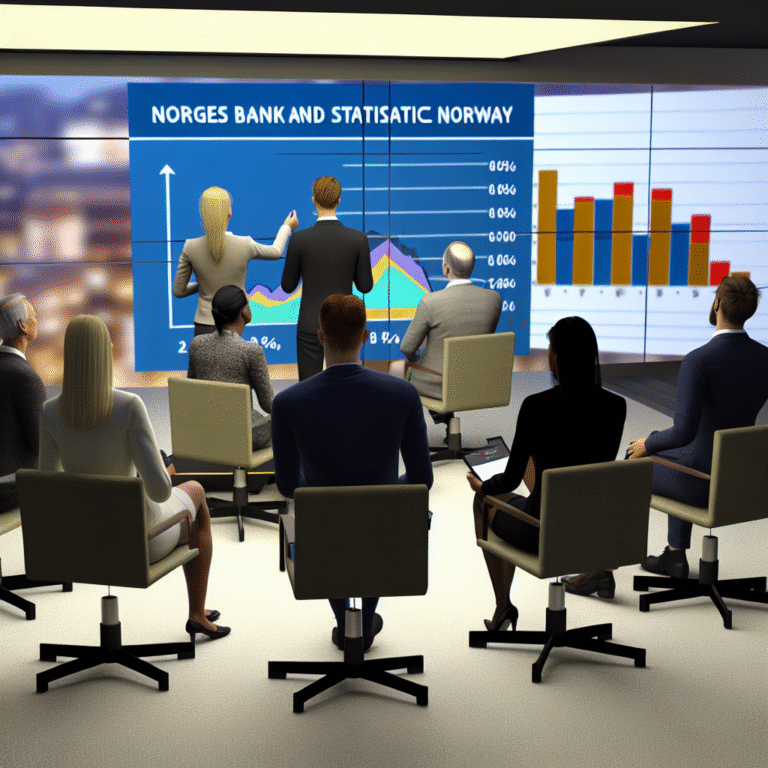Rising Prices in Norway: A Worrisome Trend for Economists
Recent data from Statistics Norway (SSB) reveals an alarming surge in prices, outpacing forecasts by experts. Notably, core inflation—one of the central targets for interest rate policy—has escalated to 3.4 percent, a marked increase from the previous 3.0 percent.
The culprit? Major food retailers, including Extra, Kiwi, and Rema, have made substantial price hikes, contributing significantly to this rising trend.
A Glimpse at Core Inflation
The implications of these figures are profound, particularly for Norges Bank, tasked with maintaining inflation at a target of 2 percent. With inflation now trending upwards, achieving this goal may become increasingly challenging.
Kyrre M. Knudsen, chief economist at SpareBank 1 Sør-Norge, noted in a statement to Nettavisen, “These figures complicate the situation for Norges Bank. Lowering interest rates is now much more difficult, and we must see a decline in inflation before any rates can be cut.”
The Broader Picture
According to Statistics Norway, total inflation has decreased from 3.6 percent to 3.3 percent, bolstered by the introduction of the “Norgespris” scheme. However, core inflation—which strips out the effects of taxes and energy prices—has risen from 3.0 percent to 3.4 percent, both figures exceeding expectations.
“This situation is higher than anticipated, and it surpasses Norges Bank’s own estimates,” Knudsen emphasized.
An Unexpected Inflation Shock
Describing the situation as an “inflation shock,” Handelsbanken highlighted the unexpected nature of these results. The consensus predicted a stable inflation rate of 3.0 percent, while Norges Bank had anticipated a rise to 3.2 percent.
“It’s a significant leap, indicating that Norges Bank may take a considerable amount of time before considering a rate cut,” cautioned Kjersti Haugland, chief economist at DNB Carnegie, in a statement to E24.
Both Haugland and Knudsen pointed to persistent price increases for food and beverages, which have driven annual growth up to an alarming 6.2 percent.
Electricity Prices: A Mixed Bag
Interestingly, the decline in total inflation can largely be attributed to fluctuations in electricity prices. From September to October 2025, electricity prices witnessed a drop, thanks, in part, to the newly-implemented “Norgespris” initiative.
Espen Kristiansen, head of section at Statistics Norway, noted, “Unlike last year, when electricity prices soared during this period, we observed a decline this year. This has contributed to a reduction in the twelve-month change of the Consumer Price Index (CPI).”
Additionally, online rent rates plummeted following a reduction in the electricity tax of approximately 26 percent from October 1.
Despite recent decreases, electricity prices remain elevated compared to last year, with the overall cost—including network rentals—marking a 4.9 percent increase in October 2025 compared to October 2024.

